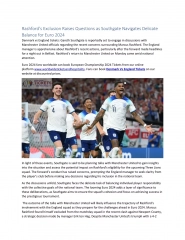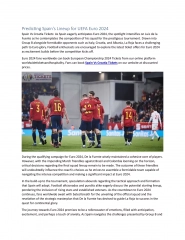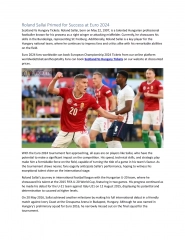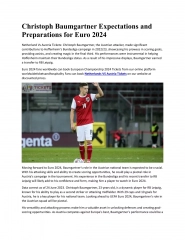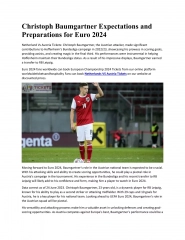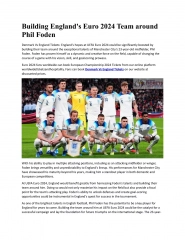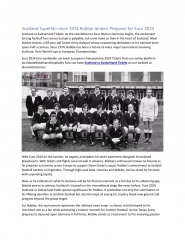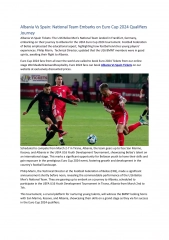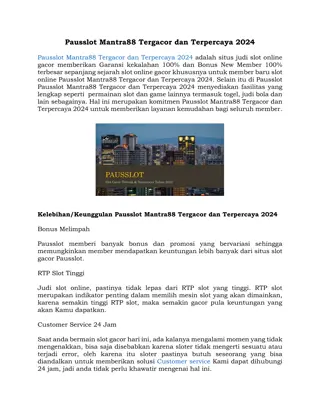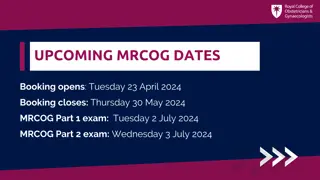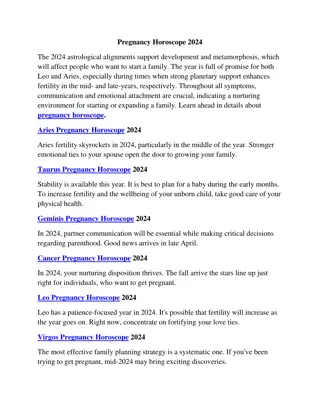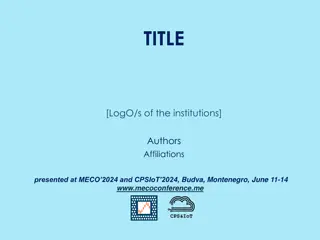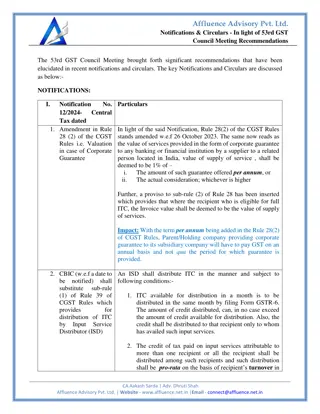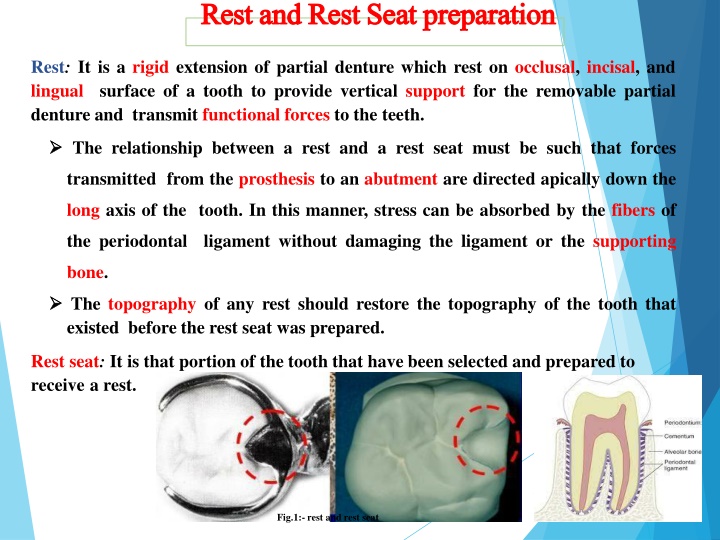
Understanding Rests, Rest Seats, and their Importance in Dentistry
Explore the significance of rests and rest seats in dentistry, providing vertical support for removable partial dentures. Learn about the requirements, purposes, and classifications of rests, ensuring proper transmission of occlusal forces and preventing damage to supporting structures. Discover the criteria for a well-prepared rest seat, essential for maintaining oral health and functionality.
Download Presentation

Please find below an Image/Link to download the presentation.
The content on the website is provided AS IS for your information and personal use only. It may not be sold, licensed, or shared on other websites without obtaining consent from the author. If you encounter any issues during the download, it is possible that the publisher has removed the file from their server.
You are allowed to download the files provided on this website for personal or commercial use, subject to the condition that they are used lawfully. All files are the property of their respective owners.
The content on the website is provided AS IS for your information and personal use only. It may not be sold, licensed, or shared on other websites without obtaining consent from the author.
E N D
Presentation Transcript
Rest Restand andRest RestSeat Seatpreparation preparation Rest: It is a rigid extension of partial denture which rest on occlusal, incisal, and lingual surface of a tooth to provide vertical support for the removable partial denture and transmit functional forces to the teeth. The relationship between a rest and a rest seat must be such that forces transmitted from the prosthesis to an abutment are directed apically down the long axis of the tooth. In this manner, stress can be absorbed by the fibers of the periodontal ligament without damaging the ligament or the supporting bone. The topography of any rest should restore the topography of the tooth that existed before the rest seat was prepared. Rest seat: It is that portion of the tooth that have been selected and prepared to receive a rest. 1 Fig.1:- rest and rest seat
Purposes of the rest 1-The primary purpose of the rest is to provide vertical support for the partial denture. 2- Maintains components in their planned positions 3- Maintains established occlusal relationships by preventing settling of the denture 4- Prevents impingement of soft tissue 5- Directs and distributes occlusal loads to abutment teeth. 6- Serve as a reference point for evaluating the fit of the framework to the teeth, and act as a positive reference seats in rebasing and /or impression procedure. 7- Prevent extrusion, tipping, or migration of the abutment teeth. Fig.2:- rest, can transmit the occlusal forces along the long axis of tooth. 2
Requirements of a rest: 1. It should have sufficient thickness and rigidity of metal to prevent breakage especially over the marginal ridge. 2. It should fit the rest seat accurately with beveled margins, properly contoured, thus preventing food stagnation or impaction. 3. It must be at less than right angle to the long axis of the tooth. 4. It should be extended to the center of the tooth as possible. 5. It may rest in a natural depression on the occlusal surface, or it may occupy a rest seat prepared in the enamel or in an inlay (which is called an in-set occlusal rest) or may rest on a cast crown or may rest on amalgam filling keeping in mind that the amalgam is a brittle material and may fracture or may flow under pressure (creep) so it need an examination during follow up visits. 3
The thickness of the rest depends on: 1- The type of alloy used. 2- The heaviness of the occlusion or the bite. 3- Whether the rest is opposed by natural or artificial teeth. Classification of rests: Rest can be classified as following: I- Based on relation of rest to the direct retainer. II- Based on the location of the rest. I-Based on relation of rest to the direct retainer: A- Primary rests: Rest placed along with clasp assembly. B- Secondary or auxiliary rest: Rest placed away from the clasp (Indirect retention). 4
II-Based on the location of the rest: A- Occlusal rest: Placed on the occlusal surface of B the posterior tooth. B- Cingulum or Lingual rest: Placed on the lingual surface of a tooth, especially in maxillary canine. C- Incisal rest: Placed on the incisal edge of a tooth usually in a mandibular canine and incisors. 5
Preparation of Rest Seats Rests seats should be prepared using light pressure with a high-speed hand piece with or without water spray. Since minimal preparation is usually performed, minimal heat is generated, good visibility is required, so that water coolant can be eliminated. Preparations are usually entirely in enamel it is best to avoid anesthesia so the patient can inform the dentist when sensitivity is felt. Occlusal rest seats can be prepared with medium round burs (#2 and primarily the #4 sizes).ordiamonds( Guidingplanesand cingulumrestseats can be prepared with a long, medium diameter cylindrical bur or diamond . 6
1-Occlusal rest and rest seat: Occlusal rest: - it is a rigid extension of a partial denture which contact the occlusal surface of the posterior teeth (premolars and molars). Form of the occlusal rest and rest seat: 1-The outline form of the occlusal rest seat should be a rounded triangular with its apex nearest to the center of the tooth the base of the triangular shape is at the marginal ridge. 7
2- The size should be; a. One half the buccolingual width between the cusp tips. b. One-third to one -half the mesiodistal width of the tooth. c. The marginal ridge must be lowered and rounded to permit a sufficient bulk of metal to prevent fracture of the rest from the minor connector (1to 1.5 mm( 8
3- The floor of the occlusal rest seat should be apical to the marginal ridge and should be spoon to create a ball-and-socket type of joint; this will prevent horizontal stresses and torque on the abutment tooth without any sharp edge or line angle in preparation. 9
4- The angle formed by the occlusal rest and the vertical minor connector from which it originated should be less than 90o, only this way can the occlusal forces directed along the long axis of the abutment tooth. An angle greater than 90oforces applied to an inclined plane and end with orthodontic movement of abutment tooth. And fails to transmit the occlusal forces along the long axis of the tooth and permits movement of the clasp assembly away from the abutment. 10
When an existing occlusal rest preparation is inclined apically toward the reduced marginal ridge and cannot be modified or deepened because of fear of perforation of the enamel or restoration, then a secondary occlusal rest must be employed to prevent slippage of the primary rest and orthodontic movement of the abutment tooth. Such a rest should pass over the lowered marginal ridge on the side of the tooth opposite the primary rest and should, if possible, be inclined slightly apically from the marginal ridge. However, two opposing occlusal rests on diverging tooth inclines will function to prevent unfavorable forces if all related connectors are sufficiently rigid. 11
2- EXTENDED OCCLUSALREST In Kennedy Class II, modification 1, and Kennedy Class III situations in which the most posterior abutment is a mesially tipped molar, an extended occlusal rest should be designed and prepared to minimize further tipping of the abutment and to ensure that the forces are directed down the long axis of the abutment. This rest should extend more than one half the mesiodistal width of the tooth, be approximately one third the buccolingual width of the tooth, and allow for a minimum of 1-mm thickness of the metal, preparation should be rounded with no undercuts or sharp angles. 12
3- Double Embrasure Rest Seat (INTERPROXIMAL These rest seats are prepared as individual occlusal rest seats, with the exception that the preparations must be extended farther lingually than is ordinarily accomplished. Adjacent rests, rather than a single rest, are used to prevent interproximal wedging by the framework. Additionally the joined rests are designed to shunt food away from contact points. In preparing such rest seats, care must be exercised to avoid reducing or eliminating contact points of abutment teeth. 13
Intracoronal rest - Apartial denture that is totally tooth supported by means of crowns on all abutment teeth may use intracoronal rests for both occlusal support and horizontal stabilization - An Intracoronal rest is not a retainer and should not be confused with an attachment. - The main advantages of the internal rest are that it facilitates the elimination of a visible clasp arm buccally and permits the location of the rest seat in a more favorable position in relation to the tipping axis of the abutment. Retention derived from lingual clap. 14
Cingulum or Lingual rest and rest seat: Indicate the rests that are prepared on the lingual surface or above the cingulum of the anterior teeth and canine. Lingual or cingulum rests on anterior teeth are often posterior teeth or when indirect retention is necessary. The anterior tooth most readily adaptable to a cingulum rest is the canine, due to its well-developed cingulum. When a canine is not available, the cingulum of an incisor may be used. In some instances, multiple rests spread over the cingula of several teeth may be required, in order to minimize stress on the teeth, (Root form, Root length, Inclination of the tooth and Ratio of the length of the clinical crown to the alveolar support) are Points should be taken in consideration in determination of the site and form of the rests. utilized when no 15
Cingulum Rest Seat Form a- The outline is half- moon-shaped, extended as a smooth curve from one marginal ridge to the other. The rest seat, from the lingual aspect assumes the form of a broad inverted "V' maintaining the natural contour often seen in the canine cingulum. From the incisal view the rest seat is broadest at the central aspect of the canine (approximately 1mm). The proximal view demonstrates the correct angulations of the floor of the rest seat (< 90 ). The borders of the rest seat are slightly rounded to avoid sharp line angles preparation. in its 16
b. Correct preparation The cingulum rest seat should be prepared in the bulk of the cingulum to minimize tooth reduction. The cavosurface should be less than 90 to prevent orthodontic movements of the tooth. If the preparation started too high above the cingulum proper, much of the lingual surface of the tooth above the cingulum will need to be reduced, in order to obtain sufficient width for support. On maxillary anterior, this may also cause the rest to interfere with the opposing tooth. 17
If the preparation is started too low, much of the cingulum will need to be reduced, in order to obtain sufficient width for support. Enamel is thinner in this area, and preparation could result in dentinal exposure, resulting in sensitivity. If correction of the outline form or depth is required, there will be little tooth structure remaining to make such changes. 11
Care must be taken not to create an enamel undercut that would interfere with the placement of the denture. A rest placed on an unprepared cingulum results in force being applied in a labial direction. Orthodontic movement will occurwith osteoclastic activity around the centerof rotation of the root. A rest seat prepared in the cingulum of the tooth results in the forces being directed along the long axis of the tooth. c. Dimensions include (2.5-3mmmesiodistal length, 1.5mm deep approximately 1mm width .
The following factors should be considered prior to the preparation of a cingulum rest seat on a natural tooth: 1. Cingulum rest seats must be placed in sound tooth structure or restorations. Where the ideal position of the rest seat would be upon an amalgam restoration it is advisable to select a different tooth surface or replace the restoration with an onlay or crown, since the flow characteristics and relatively low yield strength of the material make the possibility of fracture high. Where the cingulum is not prominent or when preparation might encroach upon the pulp, other means of securing a lingual rest seat must be considered (i.e. selection of a different tooth, use of a composite bonded rest seat, onlay, crown etc.) 11
2. The interocclusal relationship of a maxillary tooth with the incisal edge of the opposing mandibular tooth when the former will be prepared for a cingulum rest. When a deep vertical overlap exists, care must be taken to ensure that the mandibular tooth does not prematurely contact the area of the planned metal framework. Mounted diagnostic casts should be used to assess this relationship, by drawing a line on the lingual surface of the maxillary abutment, where the mandibular tooth touches when the models are in contact with each other. The cingulum rest seat preparation should be 1.5-2.0 mm above this line to allow for adequate framework strength. 12
Composite Buildups for Cingulum Rests (Composite Bonded Rest Seat Form): When a cingulum is poorly developed, with insufficient bulk for preparation for a cingulum rest seat, a rest seat can be made using composite resin. Research has demonstrated that these "bonded rest seats" can provide acceptable strength and longevity. The cervical portion of the buildup should have a flat emergence profile (not over contoured) with bulk increasing toward the incisal. Enamel should be pumiced, rinsed, etched, and bonded, in a relatively dry, isolated environment. Care must be taken to ensure the cervical composite is well adapted and that most of the form is finalized prior to curing. The bonded rest seat should be smooth and well-polished, with no sharp line angles. 12
Round Lingual Rest Seat Form Round rest seats are occasionally prepared on the mesial of the canine teeth when the use of a typical cingulum rest is contraindicated (i.e. large restoration, lack of clearance with the opposing teeth, poorly developed cingulum). These rest seats are prepared spoon shaped, similar to an occlusal rest seat, with reduction of the mesial marginal ridge. However, preparation is more difficult due to the incline of the lingual surface of the canine and more tooth structure must often be removed. Round lingual rest seats can be easily incorporated into crowns where there is usually sufficient linguo- proximal reduction, without the problem regarding exposure of dentin. Use care to ensure that no undercuts are prepared in relation to the path of insertion if a round bur is used. 13
Incisal rest and rest seat: Incisal rests are inferior to lingual rests both mechanically and esthetically. Normally they should not be used unless it is impossible to place a lingual rest seat or a composite bonded rest seat. Characteristics: 1-A lingual rest placed on the maxillary anterior teeth is better and more preferred than an Incisal rest placed on the mandibular anterior teeth. 13
2- Prepared on sound mandibular canines. 3- If canines are not present, multiple rests spread over several incisors teeth are preferable to use. 4- Incisal rests are used as indirect retainers (auxiliary rests). Fig24:- incisalRest Seat Form Disadvantages: Incisal rests are less desirable than lingual rests, because: A- Esthetically less accepted. B-Tipping movement of the teeth. 14
Form of the incisal rest and rest seat: 1- The rest seat is prepared in the form of a rounded notch located on the incisal edge of anterior teeth an incisal rest seat is usually placed on the mesio- or disto- incisal angle of the incisor teeth with the deepest portion towards the center of the tooth. 2- 2.5-3 mm the mesiodistal width of the tooth. 1.5mm deep. 4- The rest seat should extend into the facial surface to act as a locking device. 15

